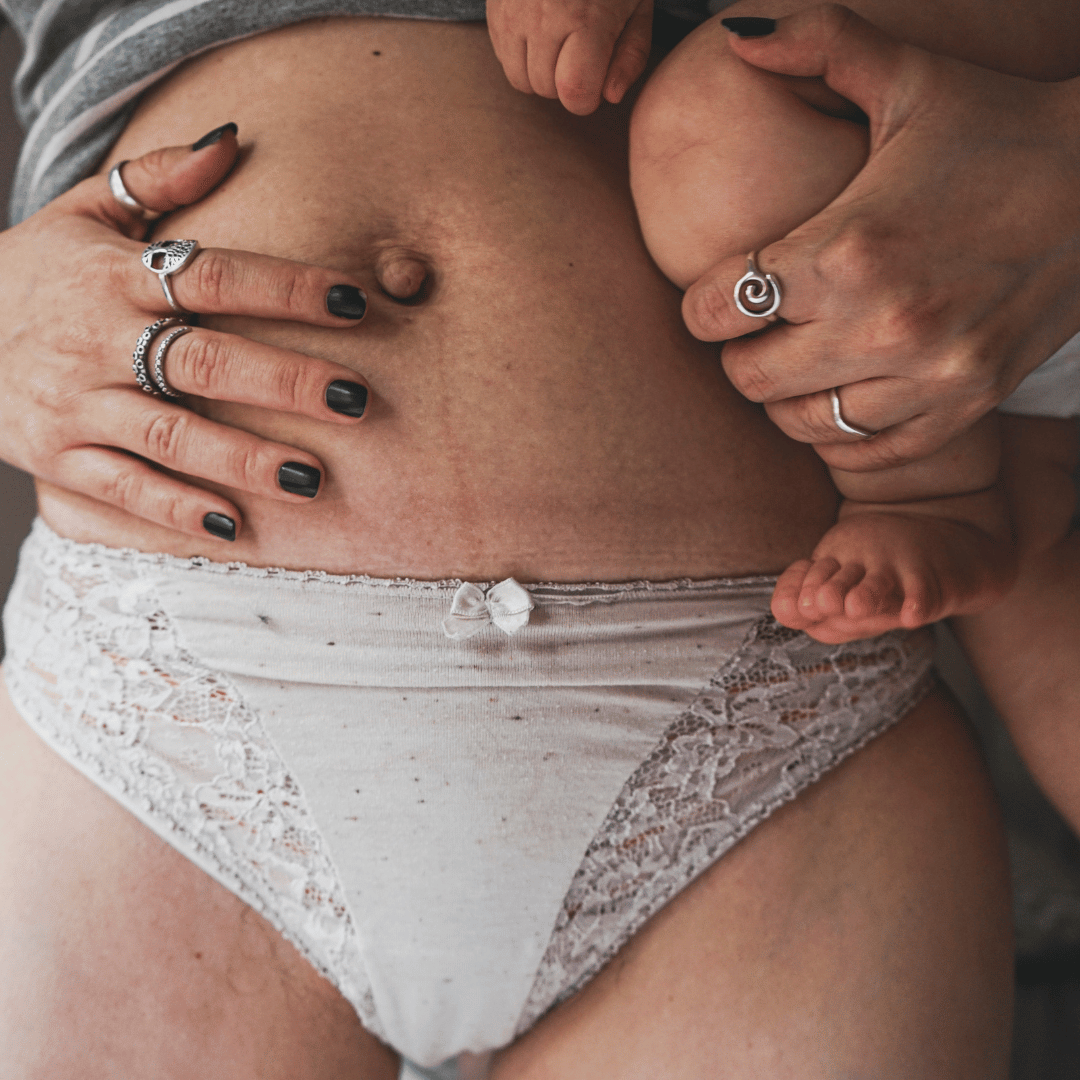Why Do I Have More Vaginal Bleeding While Breastfeeding?
The postpartum period is a time of healing and adjustment for new mothers. While breastfeeding offers numerous benefits for both mother and baby, it can also come with unexpected challenges. One such challenge is increased vaginal bleeding, which some women may experience while breastfeeding. In this blog post, we will explore the reasons behind this phenomenon and provide guidance on managing increased vaginal bleeding during the postpartum period.
Understanding the Connection:
1. Uterine Contractions:
Breastfeeding triggers the release of oxytocin, a hormone responsible for milk letdown and uterine contractions. These contractions, also known as afterpains, help the uterus return to its pre-pregnancy size. As the uterus contracts, it sheds the remaining placental tissue and the lining of the uterus, resulting in increased vaginal bleeding.
2. Increased Blood Flow:
Breastfeeding stimulates blood flow to the breasts, which can indirectly affect the amount of blood reaching the uterus. This increased blood circulation can contribute to heavier vaginal bleeding during the postpartum period.
Tips for Managing Increased Vaginal Bleeding:
1. Rest and Recovery:
Give yourself ample time to rest and recover during the postpartum period. It's essential to listen to your body's signals and prioritize self-care. Adequate rest allows your body to heal, reducing the intensity and duration of postpartum bleeding.
2. Stay Hydrated and Nourished:
Proper hydration and nutrition are vital during this time. Drink plenty of fluids, preferably water, to stay hydrated and promote healthy blood circulation. Include nutrient-rich foods in your diet to support your body's healing process.
3. Wear Comfortable and Absorbent Pads:
Choose comfortable and absorbent postpartum pads or maternity pads to manage increased vaginal bleeding. Avoid tampons or menstrual cups, as they can introduce bacteria and increase the risk of infection.
4. Frequent Breastfeeding:
Continuing to breastfeed frequently can help regulate your hormone levels, promote uterine contractions, and aid in the recovery process. These contractions can gradually reduce vaginal bleeding over time.
5. Gentle Physical Activity:
Engage in light physical activity, such as gentle walks, as advised by your healthcare provider. Light exercise can promote blood circulation and aid in the healing process. However, listen to your body and avoid strenuous activities that may exacerbate bleeding or discomfort.
6. Seek Medical Advice:
If you notice any concerning symptoms or if your bleeding is excessive, consult your healthcare provider. They can assess your situation and provide appropriate guidance based on your individual circumstances.
7. Be Mindful of Signs of Complications:
While increased vaginal bleeding is generally a normal part of the postpartum period, it's essential to be aware of signs that may indicate complications. Seek immediate medical attention if you experience heavy, bright red bleeding that soaks a pad within an hour, severe abdominal pain, or the passage of large blood clots.
Conclusion:
Experiencing increased vaginal bleeding while breastfeeding postpartum is a common occurrence due to uterine contractions and increased blood flow. It's essential to understand that this is typically a normal part of the healing process. By prioritizing rest, proper nutrition, and gentle physical activity, while continuing to breastfeed frequently, you can effectively manage and gradually reduce vaginal bleeding. Remember to seek medical advice if you have concerns or notice any unusual symptoms. Trust your body's ability to heal and embrace this transformative postpartum journey with patience and self-care.

